| Films about Yamagata |
|---|
|
|
Part 5 The Future of Yamagata and Film
Video works of various forms have been created at Tohoku University of Art & Design since it opened in 1992, mainly coming out of Media Arts Studies in the Department of Informatique Design. Arguably, these works offer a good opportunity to gain a perspective on the future of Yamagata’s visual environment. It seems to me that for students looking to make videos in the Yamagata basin, surrounded as it is by mountains, an environment in which a mountain range appears in the background whichever way you point the camera creates a tendency that, while unconscious, might be referred to as the Yamagata School. Alternatively, students often head for locations on the Shonai coast or in Miyagi Prefecture to film the ocean, with the pull of the sea thus providing the motivation to make videos. If I may be so bold as to ignore for a minute the dangers inherent in trying to generalize the effect of these geographical conditions on students’ work, one word which comes to mind is “healthy.” It doesn’t matter how dark the motif, or whether the work shows the decadence of youth, for some reason I can’t help feeling that the Yamagata School is characterized, in some form or another, by a redeeming healthiness. For this program, I have selected seven video works to emerge from the university over the last few years.
—Kato Itaru, Associate Professor, Tohoku University of Art & Design
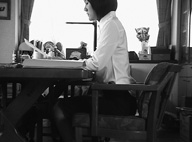 Re: From:
Re: From:
- 2007 / Japanese / 16 min
Director: Takahashi Yui
This work captures the full reality of a family relationship, revolving around the director, who is in the process of exploring the job market, and her younger brother, who has finally succeeded in getting into university.
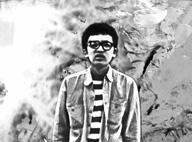 Jamboys
Jamboys
- 2006 / Japanese / 8 min
Director: Kagami Keigo
The angst and discontent particular to young people that cannot be conveyed in words is directly expressed through experimental video and shouting performances.
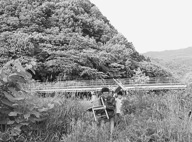 Two People Sitting
Two People Sitting
(“Futari ga suwatte iru”)- 2007 / Japanese / 13 min
Director: Ichikawa Yusuke
Two young people set out on foot with chairs in hand on a journey to sit down “somewhere nice.” At the end of the river down which they head lies the ocean . . .
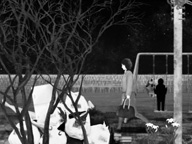 If You Head West
If You Head West
(“Nishi yukeba”)- 2007 / Japanese / 8 min
Director: Oki Yuko
An animated film based on the director’s real-life experience of having photographed her grandmother planting rice. This unique and simple composition may be seen as a documentary of memories.
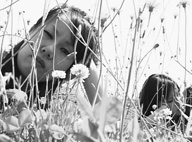 Zaru River: Blue Skies in May
Zaru River: Blue Skies in May
(“Zaru River: Satsukibare”)- 2007 / Japanese / 17 min
Director: Kobayashi Kaori
The director’s family moved from her hometown of Sendai to Tokyo. Feeling out of place when she “goes home” to Tokyo from Yamagata, she turns her thoughts to the Zaru River where she played with her grandmother as a child.
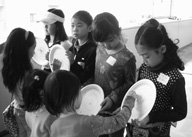 Global Visual Workshop
Global Visual Workshop
(“Chikyu no eizo kobo”)- 2006 / Japanese / 10 min
Production: YIDFF Organizing Committee
Photography, Editing: Kobayashi Kaori, Honda Yukiko, Oki Masaharu
A visual record by student interns from Tohoku University of Art & Design of a video workshop for children sponsored by the YIDFF Organizing Committee during the off year of the film festival.
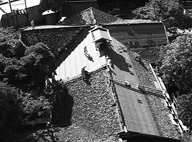 Stone Roof: Restoration of Heishindo’s Cedar-Bark Shingle and Stone Roof
Stone Roof: Restoration of Heishindo’s Cedar-Bark Shingle and Stone Roof
(“Ishikoro yane: Heishindo sugikawabuki ishioki yane shufuku”)- 2005 / Japanese / 27 min
Production: Institute for Conservation of Cultural Property at Tohoku University of Art & Design, Kokunensha Foundation
Supervisor: Kato Itaru
Photography, Editing: Moriyama Takuro, Omori Hiroki
This work documents the process of restoring the roof of the former Kazama residence (National Important Cultural Property) in Tsuruoka City that was built using traditional construction methods. Produced as part of the MEXT “Open Research Center” Project for Private Universities.
